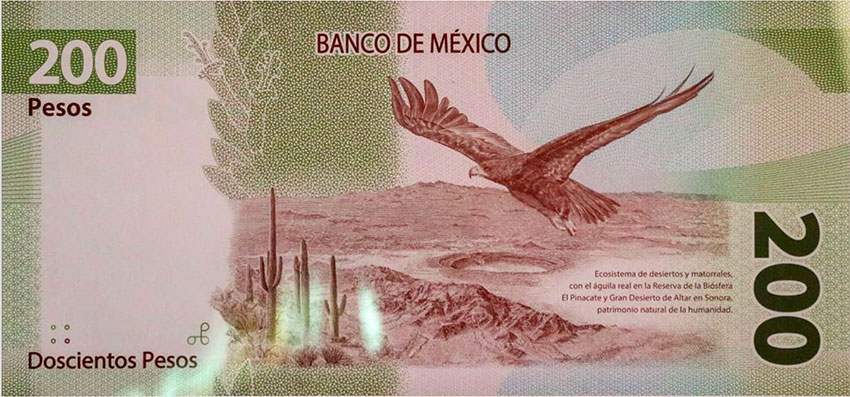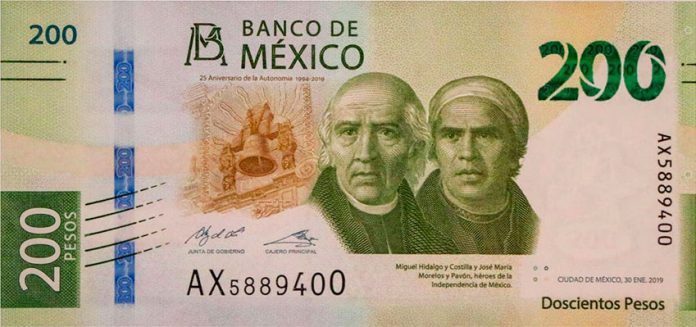The 17th-century poet and writer Sister Juana Inés de la Cruz has been featured on Mexican banknotes for 41 years. Today it was time to say farewell.
Sister Juana first appeared on the brown 1,000-peso banknote in 1978. The other side of the bill showed a landscape of the Santo Domingo Plaza in Mexico City.
After Mexico’s currency was reorganized in 1993, Sister Juana moved to the 200-peso note, where she has remained until today.
The note shows the baroque poet’s face with a fragment of her famous poem You Foolish Men. The opposite side shows a landscape of the Panoayan Hacienda in Amecameca, México state, where Sister Juana lived as a child.
On Monday, Mexico’s central bank (Banxico) began circulating the new 200-peso notes which will gradually replace the Sister Juana bills.

The new notes show the faces of independence heroes Miguel Hidalgo and José María Morelos on one side and the Pinacate biosphere reserve in Sonora on the other.
But Sister Juana’s face may linger for several years.
According to Banxico, there were 887 million 200-peso notes in circulation in July, and the notes circulate for an average of 52 months.
Source: El Universal (sp)
